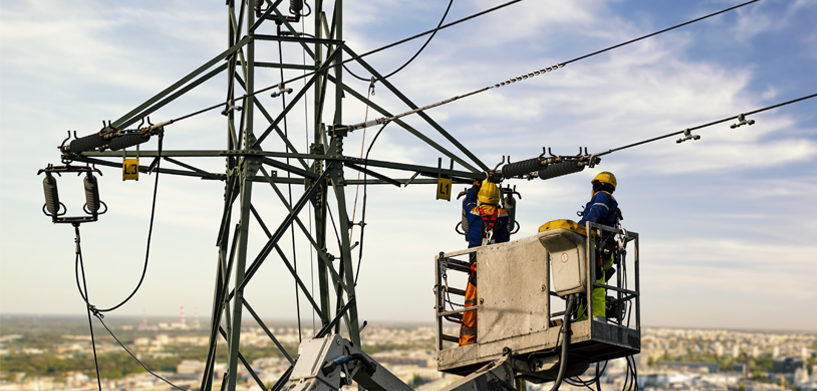For a year now, organizations have been struggling to stay afloat, be efficient, and keep customers satisfied after being caught off guard by the COVID-19 pandemic. Our utilities and communications customers are no different. Now that they’ve had some time to adapt to this disruption, we asked Hexagon industry expert Jean-Francois Allard, Director EMEA Utilities & Communications, to share his insight and perspective regarding the pandemic’s impact on these customers’ operations, processes, and businesses.
Q: In the early days of the pandemic, how was the industry affected? How did they respond?
In Europe, most of our customers have been impacted in similar ways. Offices were closed and working from home became the rule for IT departments. Only the critical operations were maintained onsite, and they had to follow distancing and hygiene rules. As a side effect, many activities in the field were put on hold. In several countries, the period between March and May was similar to a global freeze for field and maintenance activities. Only emergencies were handled.
Being forced to work from home has caused some of our customers to accelerate their digitalization efforts. Some had limited IT experience in this matter, especially in digital security, and massive investments were needed to provide the remote access to their infrastructure.
Q: How did they ensure quality and meet new demands?
For many countries, new demands had to be postponed between March and May. Activities were limited to emergency repairs and urgent maintenance. As the demand in energy decreased during the first months of the pandemic, the number of emergencies also decreased.
Some of our customers had already started investing in the Internet of Things (IoT), mainly sensors, before the pandemic and those investments have shown a direct return. Without having to go in the field, it was possible to anticipate issues on the networks and proactively send a small team to the location of the problem.
Q: As the pandemic has continued, how have they adapted and what long-term plans are they implementing?
As remote work became the standard, our customers accepted this new way of operating. Some of those who were quite reluctant to adopt this unfamiliar approach to working are now promoting virtual meetings and offshore activities.
Investments in cybersecurity are now at the first or second level when it comes to short- and mean-term plans for these companies. Investments in sensors are also increasing. Having the capability to prevent and react immediately to problems from the central office has proven beneficial during the pandemic. It allows for a higher quality of delivery and reduces the number of incidents.
As a side effect, the demand in telecoms has also boosted the deployment of fiber infrastructure. Many telecom providers have started large infrastructure deployment plans to cover the growing demand in telecommunications.
In the utility industry, plans to optimize the processes related to preventive maintenance were already on the table. Those plans were directly linked to the digitalization of the enterprise and the pandemic gave them a real boost.
Q: How has technology helped? What new ways have they begun using technology?
Telecommunications has been a key element during the pandemic: remote working, IoT, etc. And as stated before, many customers who were against this less traditional way of working adopted those new technologies in just a few weeks.
Sensors have proven not only useful for reacting directly to an incident but also for anticipating issues. They can announce a wrong behavior, but just by combining historical values, it’s possible to identify the root cause of recurring problems — without going to the field.
Q: Were they forced to innovate in areas sooner than they would have had there been no pandemic?
For all our customers, I would have to answer with an emphatic, “Yes!” Cybersecurity became urgent due to the pandemic, and investments in sensors (identified prior to the pandemic as a long-term plan with recurring but limited investments) are now a priority. Infrastructure plans were also put in fast-forward mode to make networks more communicative.
Q: What do you believe will be the long-term impact on the utility industry due to the pandemic?
Most of our customers call it “digital transformation,” but what we see are investments in IT massively increasing. All operation teams will be more and more sensitive to information technology. The deployed infrastructure will be more expansive and field activities will be driven by facts and measures and less by tradition.
Enjoy this post? Subscribe to our blog and have industry insights delivered right to your inbox each week. Subscribe now.















